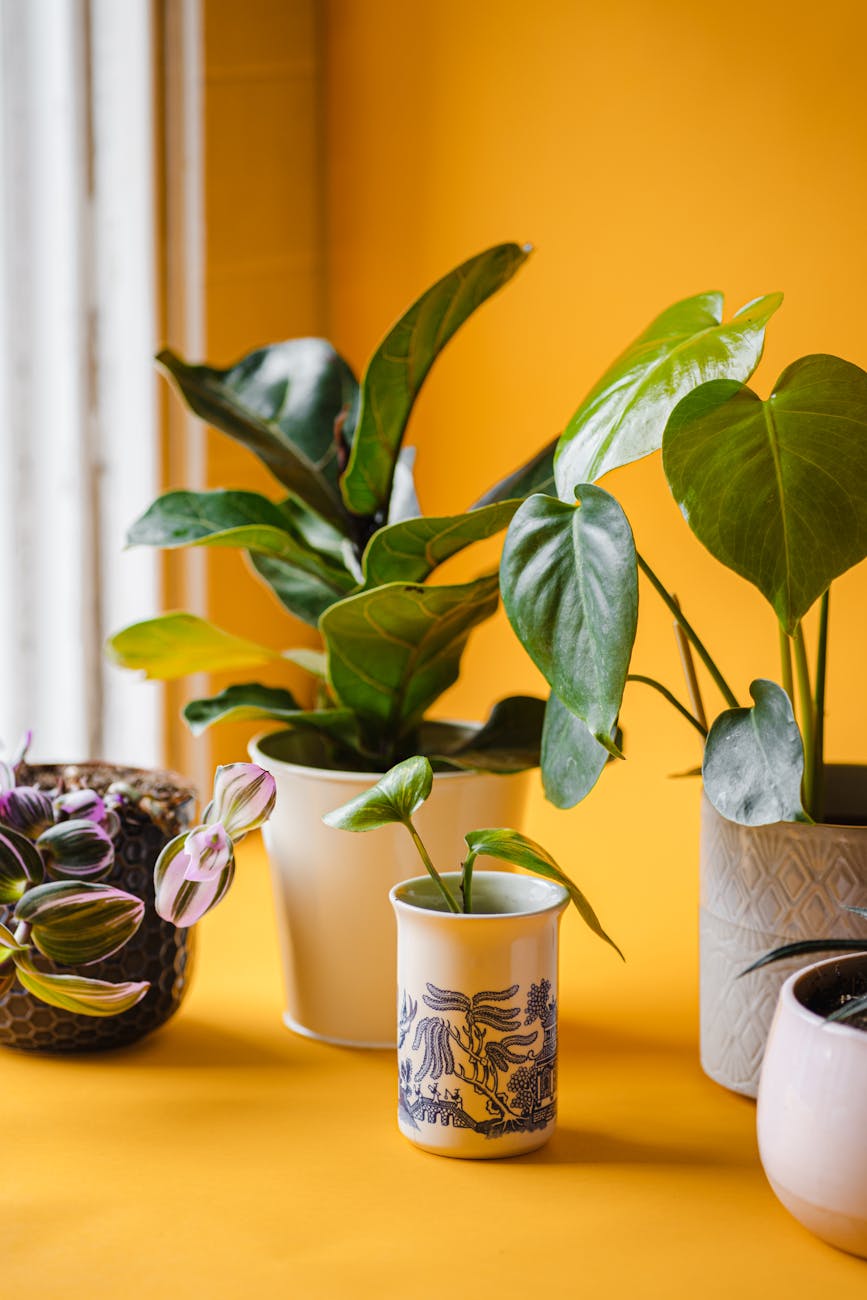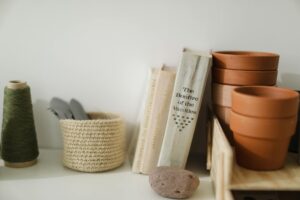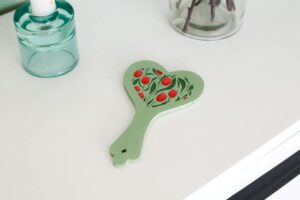How to Keep Houseplants Thriving Indoors: Essential Care Tips for Every Room

Introduction
Indoor plants improve air quality, lift mood and soften interiors, but keeping them thriving requires more than occasional watering. This guide covers the essential care principles you’ll apply in every room: reading light, tailoring water and humidity, choosing soil and pots, and building room-specific routines. Rather than a one-size-fits-all list, you’ll learn how these elements connect—how light affects water needs, why pot choice changes feeding frequency, and how room microclimates change care. Read on for practical, plant-friendly habits you can implement today, plus a quick reference table to match common houseplants to the conditions in kitchens, bathrooms, bedrooms and living rooms.
Light and placement
Light is the master variable for indoor plants. Start by mapping natural light in each room: brightest spots near south- or west-facing windows, medium light at a few feet away, and low light in interior corners. Understand a plant’s light preference—bright indirect, medium indirect, low light—and place it accordingly.
- Bright indirect: Just inside an east or west window or shaded by a sheer curtain.
- Medium light: A few feet from a bright window, or a north window with reflective surfaces.
- Low light: Rooms with windows but limited direct sun—choose tolerant species.
Rotate pots every one to two weeks so all sides receive light and grow evenly. Use a handheld light meter app or the simple hand shadow test: a sharp shadow means bright light, a soft shadow means medium, no shadow means low light. For rooms with insufficient natural light, invest in full-spectrum grow lights and mimic a 12–14 hour day for most tropical species.
Watering and humidity
Watering is the most common source of stress. Rather than a fixed schedule, rely on the plant’s needs: check soil moisture, pot weight and leaf condition. Most plants prefer to dry slightly between thorough waterings, but tropical foliage often wants consistently even moisture.
- Use the finger test: push into the top 2–3 cm (1 inch) of soil—if dry, water; if cool and moist, wait.
- Water until excess drains from the pot’s drainage hole; discard standing water in saucers after 15–30 minutes.
- When leaves turn yellow and limp, overwatering is likely; brown, crispy tips signal underwatering or low humidity.
Humidity matters more than most owners expect. Bathrooms and kitchens tend to be humid; bedrooms and living rooms are drier, especially with heating or AC. Increase humidity with pebble trays, grouping plants, regular misting for short-term relief, or a humidifier for consistent levels. Aim for 40–60% relative humidity for most tropical houseplants.
Soil, pots and feeding
Roots need oxygen, drainage and appropriate nutrients. Choose a potting mix that matches plant needs: a fast-draining mix with perlite for succulents, a peat-based, moisture-retentive mix for many tropicals, and an aroid mix (bark, perlite, charcoal) for philodendrons and monsteras.
- Containers: Use pots with drainage holes; ceramic and plastic retain moisture differently—choose based on the plant’s water requirements.
- Repotting: Repot when rootbound (roots circling pot), every 12–24 months for most species. Move up one pot size at a time.
- Feeding: Fertilize during the active growing season (spring–summer) with a balanced, water-soluble fertilizer at half to full strength every 4–6 weeks; reduce or stop in fall and winter when growth slows.
Remember that soil and potting choices change watering rhythm and fertilizer absorption. Always acclimate new plants and fresh potting mixes gradually to avoid shock.
Room-specific care and common problems
Apply the previous sections to each room’s microclimate. Tailor placement, watering and potting choices so plants meet local light and humidity conditions.
- Kitchen: Bright, humid spots near windows or counters are ideal for herbs, pothos and spider plants. Expect more frequent watering due to warmth and humidity swings; use well-draining soil.
- Bathroom: Great for humidity-loving species like ferns and calatheas; place where they receive some light—if the bathroom is windowless, add a grow light.
- Living room: Typically medium light; choose statement plants (fiddle leaf fig, monstera) and allow space for growth. Rotate to maintain even canopy shape and watch for drafts from doors or HVAC vents.
- Bedroom: Often lower light and drier; snake plants, sansevieria and ZZ plants tolerate these conditions and require less frequent watering.
Troubleshoot common issues by tracing them back to light, water, soil or pests: slow growth often means low light or nutrient deficiency; brown leaf edges usually indicate low humidity or inconsistent watering; sticky residue and misshapen leaves can signal pests such as scale or mealybugs—treat promptly with targeted cleaning or insecticidal soap.
Quick care reference
| Room | Typical light | Good plant types | Watering frequency |
|---|---|---|---|
| Bathroom | Medium to bright indirect | Ferns, calathea, moss | Every 5–10 days (keep soil slightly moist) |
| Kitchen | Bright indirect | Pothos, herbs, spider plant | Every 4–8 days (depends on heat and humidity) |
| Living room | Medium indirect | Monstera, fiddle leaf fig, palms | Every 7–14 days (allow topsoil to dry) |
| Bedroom | Low to medium | Snake plant, ZZ plant, sansevieria | Every 2–4 weeks (drought-tolerant) |
Conclusion
Keeping houseplants thriving indoors is a matter of observing conditions and making small, consistent adjustments. Start with light and place each plant where its needs are met, then let light guide your watering and humidity strategy. Match soil and pot type to root and moisture preferences, feed during active growth, and repot when roots need more room. Finally, adapt these principles to each room’s microclimate—kitchens and bathrooms tolerate higher humidity and more frequent watering, while bedrooms and some living areas favor drought-tolerant species. With attention, routine checks and prompt troubleshooting, your indoor garden will reward you with healthier plants and a more vibrant home.
Image by: Olga Lioncat
https://www.pexels.com/@olgalioncat




